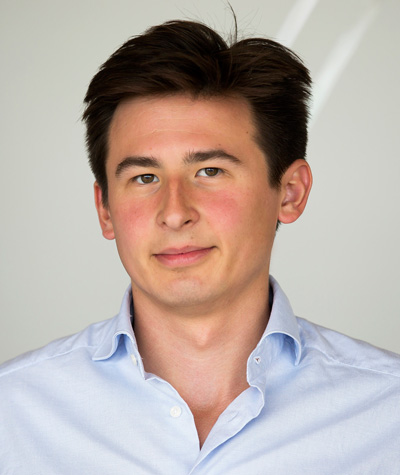A Turkish-American Scientist Zakir Durumeric invents a way to impove online security and listed one of '35 Innovators under 35'
Zakir Durumeric, the son of a Turkish mathematician, Oguz Durumeric, is amazed to discover that people place pretty much everything online, from ATM machines, bank safes, all the way to even control systems of nuclear plants. Durumeric finds it hard to believe how common these unsafe online practices are, particularly considering the recent on-line hacking incidents affected some big corporations such as Sony and Target.
But, with he help of Durumeric's invention ZMap, it is now possible to detect vulnerabilities of websites in a matter of minutes which used to take several weeks.
We reached out to Zakir to learn more about this rising star and to introduce him to our members.
1. Would you give us a brief info about your background?
I am a Ph.D. candidate at the University of Michigan where my research focuses on computer security and privacy, particularly developing and using quantitative, measurement-driven approaches to improve network security. I grew up in Iowa City, received a B.S. in math and computer science from the University of Iowa in 2011, and M.S. in computer science and engineering from the University of Michigan in 2013.
2. When and how did you get interested in science?
I have been interested in computers since I was a child and my interest grew as a student at Iowa---both in my academic studies and architecting systems as part of my work at RIS. When I started graduate school at Michigan, I didn't know for sure what I wanted to do long term. However, I immediately got pulled into doing research and realized I loved the freedom, the challenge, and the fast pace of research.
3. Could you describe your innovation in layman term, and how it relates to everyday life?
The cornerstone of this research is ZMap, a tool that I introduced in 2013 that enables researchers to rapidly measure how every device connected the public Internet is configured. ZMap reduces the time required to perform Internet-wide measurements from months to minutes---10,000 times faster than previous techniques---and allows us to reason about the devices that make up the Internet for one of the first times. Previously, many decisions were made anecdotally or through sampling. Now, we are able to perform comprehensive measurements, which has allowed us to uncover new types of bugs and understand some of the more complex interaction between devices at scale.
4. And finally, what is the next step for you and your project?
I'm currently finishing my Ph.D. at Michigan and will be graduating in the spring. I plan to stay in academia long-term. In terms of research, I plan to continue focusing on security and privacy. In many ways, we're still at the tip of the iceberg of what we can learn through large scale measurement, and we have many more ideas than we have hours in the day.
